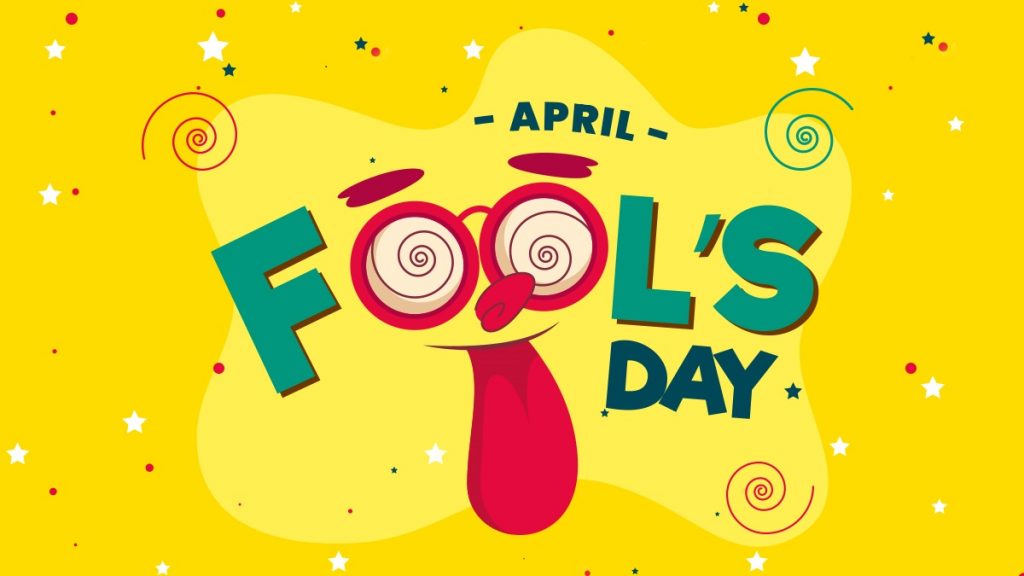
A Hilarious History

April Fools comes once a year on April 1, marking the annual day when people worldwide accept the social norm of being just a little bit mischievous. Today we enter “April Fools’ Day”, a holiday filled with mystery and history alongside abundant nonsense.
Where Did This April Fools Madness Start?
A historical explanation of April Fools’ Day leads us to 16th-century France where citizens had to deal with the psychological effects of a calendar reform. France abandoned the Julian calendar for the Gregorian calendar in 1582 due to Pope Gregory’s reforms. People began observing New Year’s Day on January 1 as opposed to April 1. Several people failed to learn about the calendar change which led them to continue their celebrations during April as though it was still 1399. The rest of the population responded by calling them adorable before starting to prank them. The people who continued to celebrate the new year in April received the nickname *“April fools”* and were sometimes marked with paper fish labeled “poisson d’avril” which translates to “April fish” or “sucker.”
Enter the Romans: The OG Jokesters
Way before the French calendar kerfuffle, ancient Romans were already in on the fun with a festival called Hilaria (Latin for “LOL”). Around late March, followers of the goddess Cybele would don costumes and make fun of each other—yes, even politicians. It was basically toga-themed improv night. The festival may have borrowed some flair from Egyptian mythology, or maybe people just needed a reason to laugh after surviving another wild Roman winter. Either way, it was weird, wonderful, and probably involved someone pretending to be a goat.
The Scots Go Hard for April Fools
By the 18th century, April Fools’ Day had made its way to Britain, and Scotland said, “One day? Pfft, amateurs.” They turned it into a two-day prank-a-thon. Day one was called “Hunt the Gowk,” where folks were sent on pointless errands (gowk = cuckoo = fool). Day two was *Tailie Day*, dedicated to practical jokes on people’s backsides. We’re talking fake tails and “kick me” signs galore. Scotland really gave us the gift of butt-based humor, and for that, we salute them.
Fast Forward to the Modern Mayhem
These days, April Fools’ is a global excuse for tomfoolery. Media outlets and brands gleefully unleash fake news stories and absurd product launches. Remember when the BBC convinced people that spaghetti grew on trees in 1957? Or when tech companies announced gadgets like a voice-activated toaster or edible phone cases? Yep, people believed it. Some still do.
So this April 1, if someone says there’s a llama in the office or tells you the Wi-Fi password is “gullible,” just roll with it. Tie your shoes tight, check your chair before sitting, and trust no one. Because on April Fools’ Day, it’s not paranoia—it’s just good sense.
Happy pranking!




